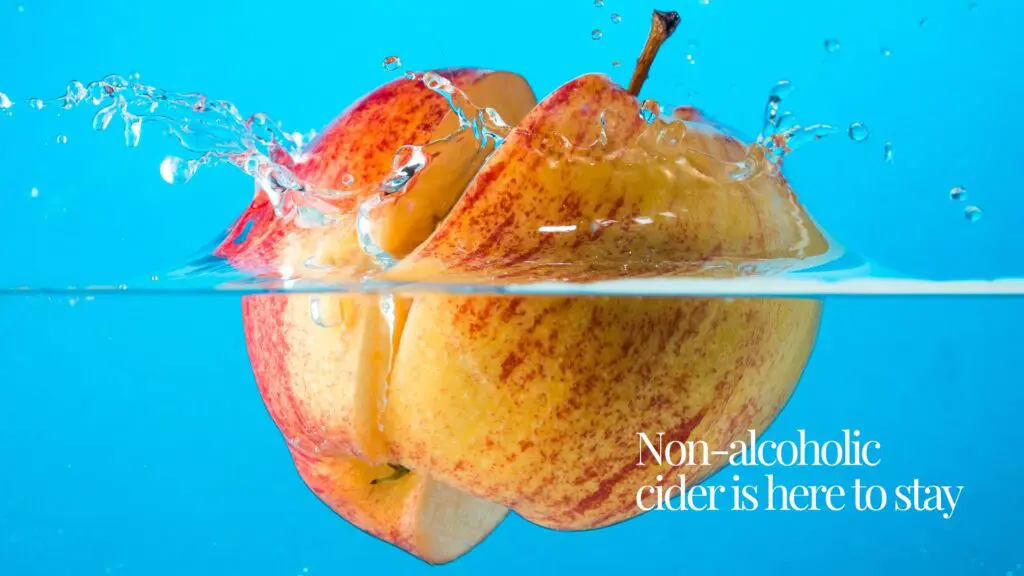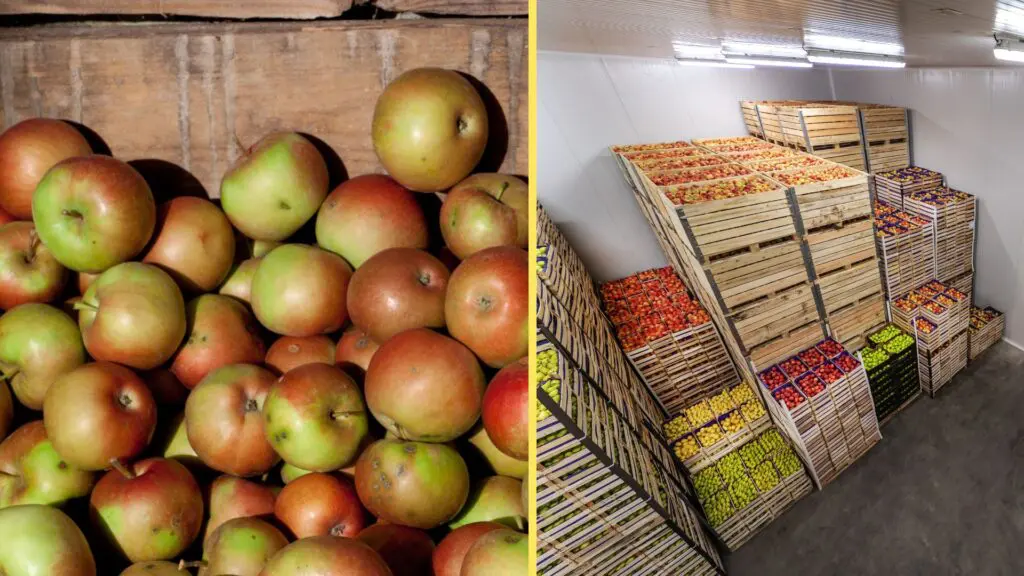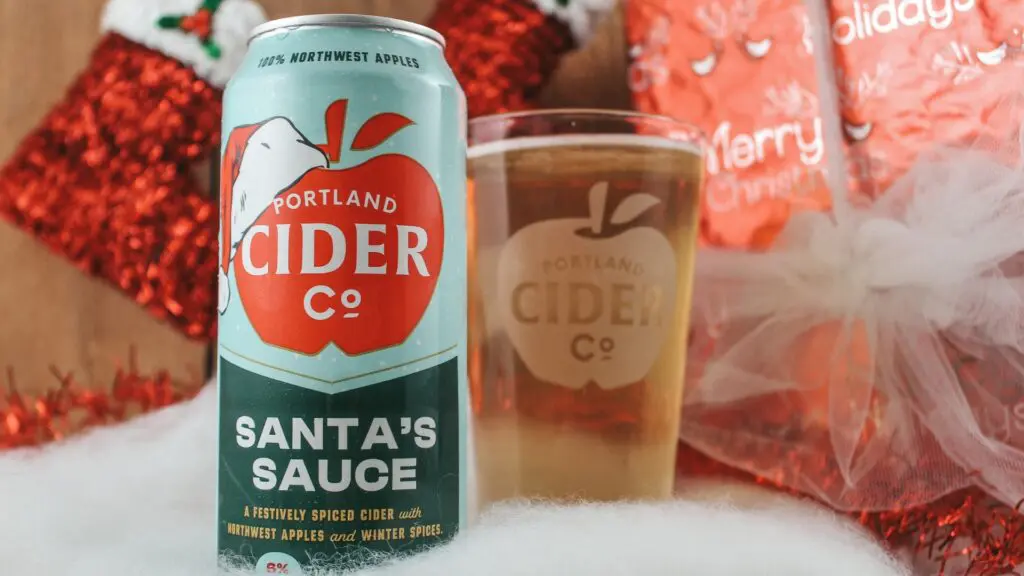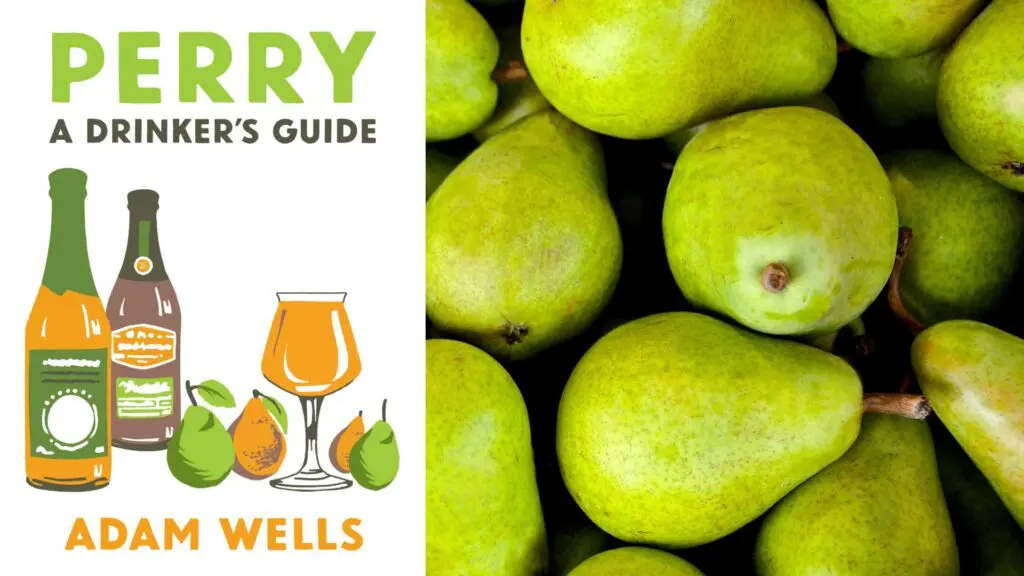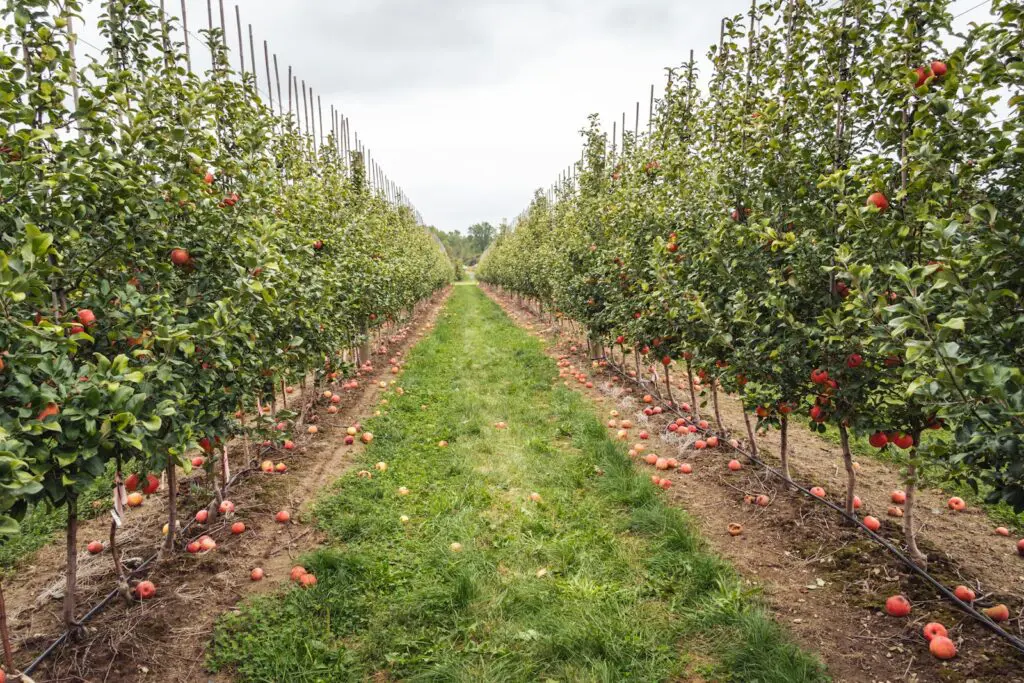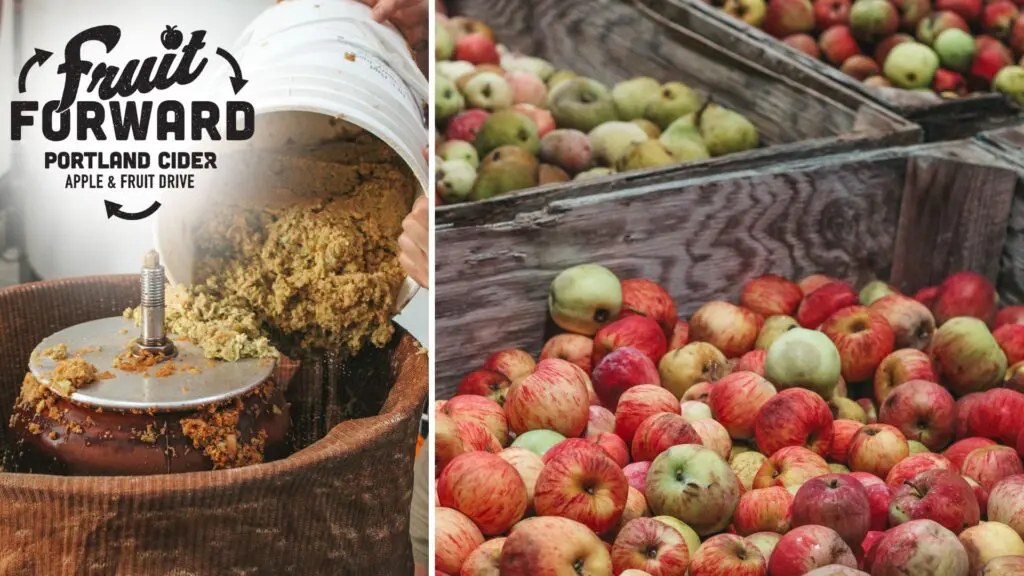Breaking into the cider industry is no easy feat. From deciding what orchard to choose apples from or company to buy juice from, to figuring out the vibe and feel of the taproom, creating and sustaining a thriving cider company has a hefty checklist. Just ask Matt Raboin, the co-owner of Brix Cider in Mt. Horeb, Wisconsin, as he makes his ciders batch to batch.
Opening this year, Raboin is determined to see his cidery grow into one that people will recognize worldwide a place to for excellent cider. Since 2014, he and his wife Marie have been running a small apple farm of roughly 1,000 trees and produced their first commercial batch of cider in 2016.
Determined to use only local apples, Raboin believes his ciders stands out. “We do not make any batch the same as the last batch,” he says. “We make every batch different… We source all our apples within about 50 miles from where we are at. So what we have to do in Wisconsin is source from a lot of tiny orchards.”
Admitting the ciders he makes as are fairly experimental, Raboin uses unconventional ingredients such as harvesting flowers or cherry plums when fermenting. He explains how all the ciders are labeled with the name of orchard from where it came from.
“For me, making a good cider, I wanna have a story behind it,” Raboin says. “We really strive to source everything from local farms, so we are supporting local farms through and through.”
Currently, Brix’s taproom operates 12 tap lines that are regularly rotated. Raboin says one of the harder parts of the cider business is keeping the ship moving with cash flow, noting that despite the couple’s hectic schedules and side jobs, they ultimately work efficiently together and help push each other to work harder.
“We have made some really good ciders, but I wanna keep improving every year,” he says. “I wanna get to the point where we are recognized as one of the best cider producers in the world.”
Since opening the taproom, Raboin has been pleased with seeing customers come in and taste his cider. Creating a place where local farmers and growers can have stalls, Raboin is pleased with how the community has taken to Brix.
“The most rewarding thing is when our tasting room is full of people and everybody is having a good time,” Raboin says. “I guess I just want people to come out of it feeling like they connected to something, not just the usual empty industrial feeling you get when you go out to eat. I want people to feel like they connected to the land through everything they ate and drank.”


